Use Helios for Nowcasting and Get Accurate Real-Time Weather Information
Amanda O'Connor
There are plenty of opinions when it comes to weather forecasting, not the least of which is the accuracy of it, or lack thereof. This is especially true for short-term forecasting referred to as “nowcasting.”
Unlike forecasting, “nowcasting” attempts to forecast the weather within the next 12 hours. We’d like to think that our weather forecasts will give us an exact “nowcast” – and at times, it is spot-on. But because it is based on models, a forecast is at best a “generalized” estimate of the current or coming weather situation.
What if you could understand real-time weather conditions as easily as you do when you look out a window? Eric Dixon of L3Harris had this thought back on June 29, 2012. On that date a violent windstorm system – called a derecho – advanced eastward across multiple states from Indiana to New Jersey. It produced hurricane force winds that gusted as high as 91 miles per hour and caused vast amounts of damage.
There is typically no way to alert people to this fast moving, localized event. The frightening weather Dixon was seeing was not forecasted or even seen by traditional weather observation platforms.
Local news affiliates explained that they couldn’t see the event based on the modeling, but Dixon was seeing it, live and in real-time. It was in that moment that Dixon conceptualized the technology known as Helios®. He hypothesized that if cameras already existing on roads, buildings and campuses, why couldn’t we “teach” a camera to “report” conditions happening on a hyperlocal scale. Instead of seeing with your own eyes, these cameras could create thousands of ”eyes” across the nation.
Over the years, Helios has used this basic premise to evolve into a platform that uses Artificial Intelligence (AI) to detect the occurrence and impacts of weather through large terrestrial camera networks. Very localized, fast moving weather events that are generally missed by traditional sensing platforms are captured by these networks. This timely information supplements traditional weather data to provide a more complete picture, improving weather forecasting and decision making and providing better situational awareness – or nowcasting.
Organizations that are charged with making weather-related decisions, like the National Oceanic and Atmospheric Administration (NOAA), can use information extracted from Helios to update forecasts and advisories. Those charged with traffic management can understand issues causing congestion, enhance traveler information and make better decisions for variable speed limits. People in the aviation industry can get real-time ground-based visibility and wind reports.
The Helios API also allows users to customize their information for forensic use to verify that certain weather conditions existed in specific areas. This type of information can be used to confirm insurance claims for wind or hail damage. Because Helios is dynamic, new applications are constantly being added such as modeling maritime conditions. Additional camera systems with APIs can be added into the Helios network for coverage in needed areas.
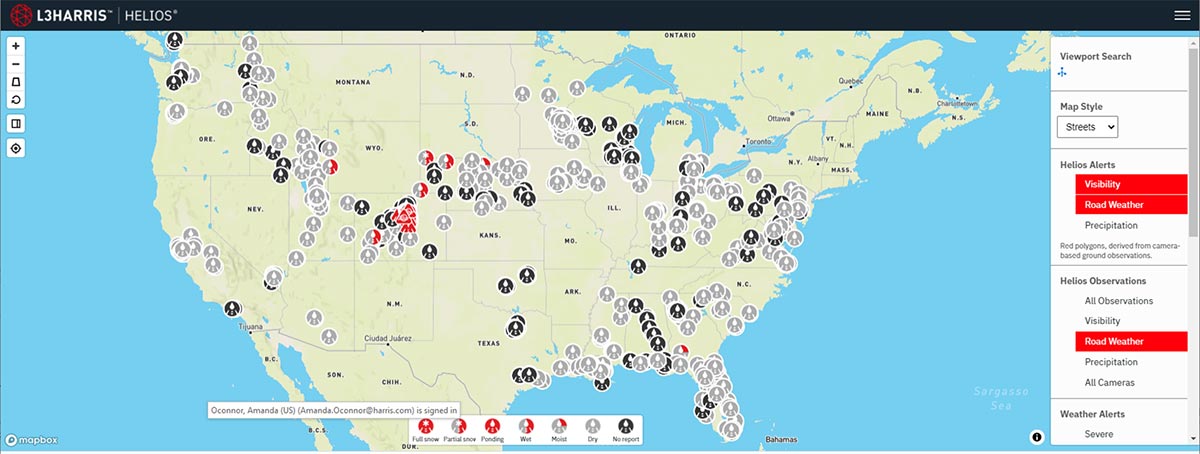
Jim Cantore, The Weather Channel’s “hurricane guy” is renowned for nowcasting the devastating human and environmental impacts of severe storms. But, beyond his camera’s view, the effects aren’t nearly as understood. Human nowcasters are trained weather spotters, but they don’t cover an entire road network, or much beyond their line of sight. By using Helios, it is not necessary for people to put themselves in harm’s way to see and understand the full impacts of severe weather.
With Helios, weather can be seen using a standard web browser, creating a window for citizens to monitor local events as they unfold. Many of the victims of Hurricane Katrina did not understand that the biggest threat to New Orleans wasn’t from the initial storm surge, but instead was from a levy that failed well after the storm had passed. While camera networks can get knocked down in severe weather, in the run up to a storm, a broadcaster can precisely tell people areas to avoid and evacuation coordinators can see where roads are blocked or where traffic is heavier or lighter. Shipping companies can confirm that assets have been relocated and secured.
In a typical year, weather conditions like fog, snow and ice take more lives and cause more severe injuries than other more dramatic weather events. In fact, fog kills more people in traffic accidents annually than tornadoes and hurricanes, combined. However, fog can be highly localized, so being able to pinpoint specific areas impacted by reduced visibility can save lives when local news or weather organizations have access to this kind of discrete information.
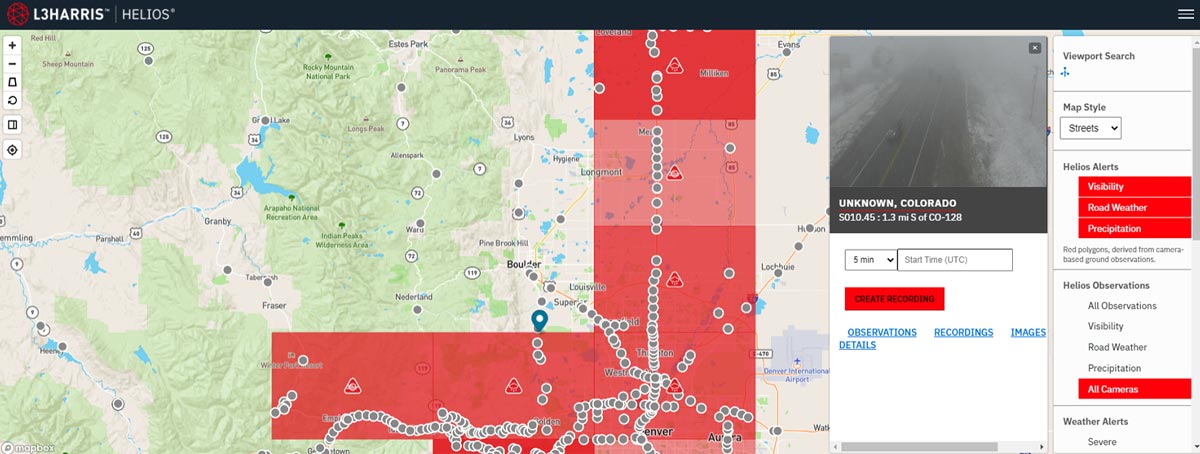
Helios analytics provide warnings for areas of heavy localized snow and dangerous traffic conditions during a recent Colorado snowstorm
What if your car, your home, or your office could alert you to severe weather? What if you had information with more detail than “fog likely after 6pm,” or “snow showers after 4pm?” How would detailed information like snow accumulating at two inches an hour at a specific mile marker affect your commute? Would you leave your office earlier or later? Would you alter your route home?
What if the cameras on your car were sensors conveying road conditions to the Helios network and likewise, Helios was communicating information back to your car about your expected experience on the route you are traveling? Sensors are becoming ubiquitous and the data created overwhelming. Helios ingests all the information and condenses it to extract actionable information. That’s how Helios creates a network of nowcasters.
For more information and instructions on how to gain access to the platform please visit the Helios web page.
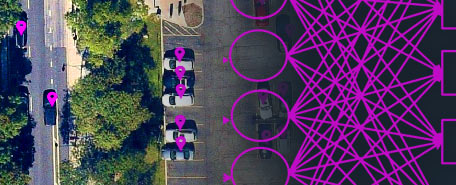
AUTOMATE ANALYTICS
Automate analytics with deep learning for fast, accurate results.
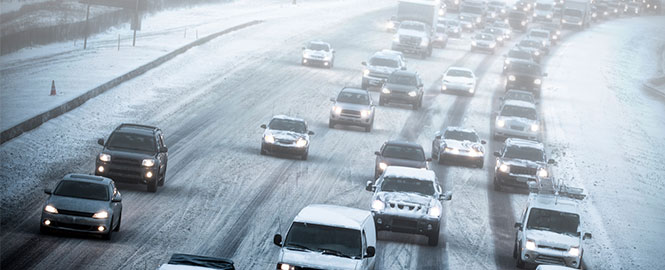
RECORDED WEBINAR
Helios solves weather challenges.
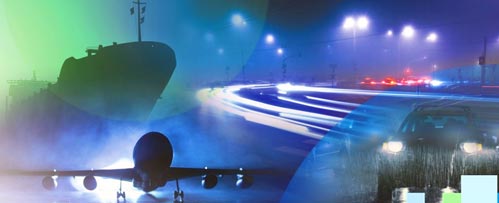
RECORDED WEBINAR
Learn about DTN’s newest offer – EnvisiCast, verified by L3Harris’ Helios®.